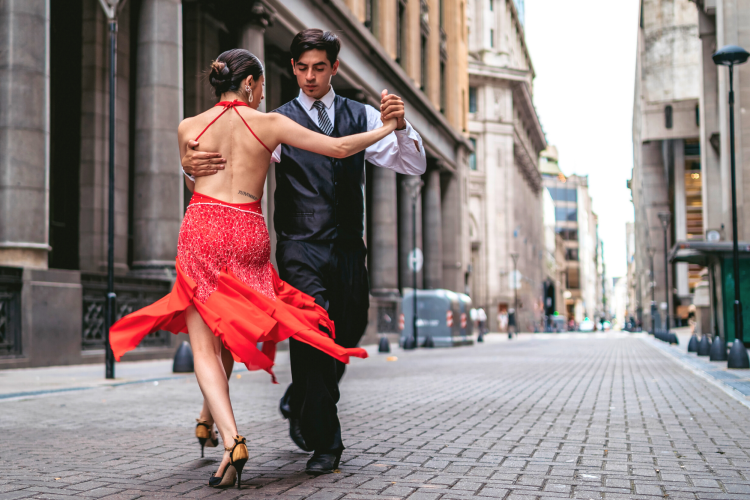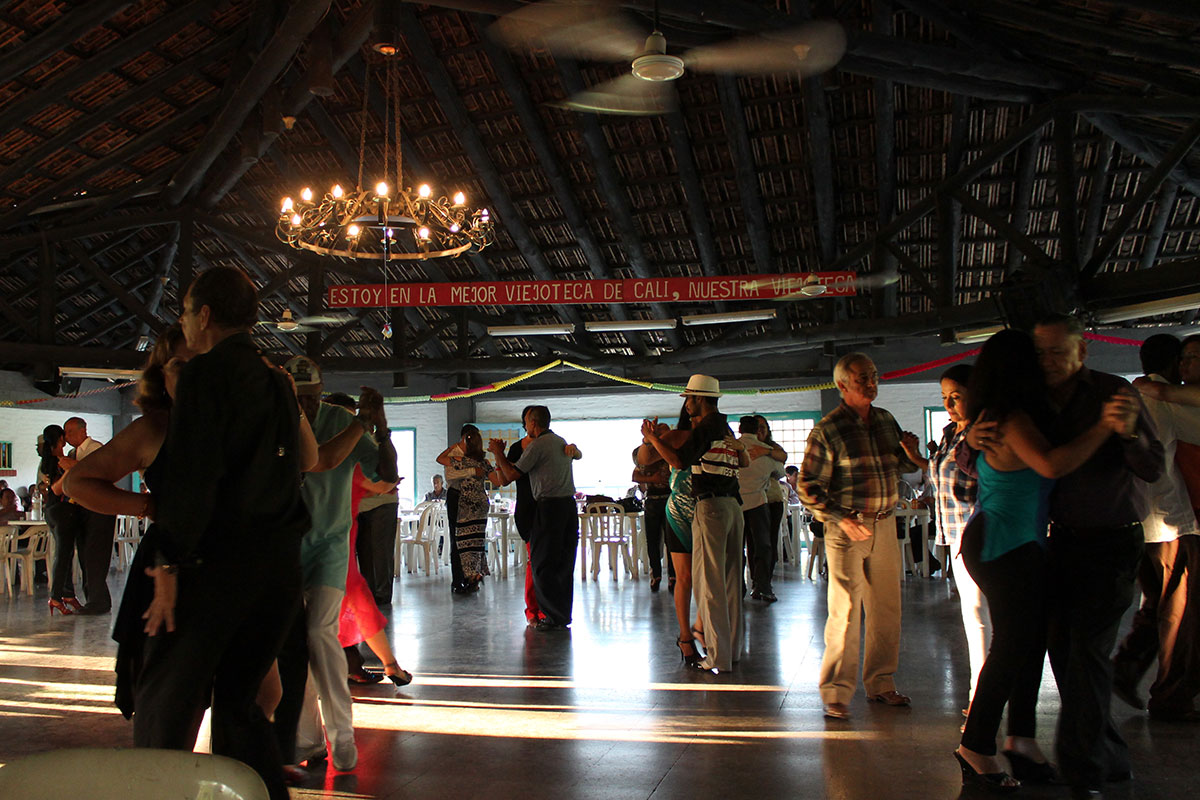Dance Fridays Can Be Fun For Anyone
Table of Contents7 Simple Techniques For Dance FridaysDance Fridays Fundamentals ExplainedThe Best Strategy To Use For Dance FridaysDance Fridays Fundamentals Explained
The term "salsa" was created by Johnny Pacheco in the 1960s in New York, as an umbrella term for Cuban dance songs being played in the city at the time. Salsa as a dancing emerged right after, being a mix of mambo (which was prominent in New york city in the 1950s) along with Latin dances such as Child and Rumba As American dancings such as swing and faucet.
The fundamental Salsa dancing rhythm consists of taking 3 actions for every four beats of music. Salsa professional dancers can likewise damage apart to dance solo, understood as "sparkles". The 2 primary styles of salsa are direct and round.
All About Dance Fridays
Salsa dance is a global dancing that can be located in many metropolitan cities worldwide - https://www.gaiaonline.com/profiles/salsacrazysf1/46494861/. Festivals are held yearly, commonly called a Salsa Congress, in various host cities aimed to attract a selection of salsa professional dancers from other cities and nations - salsa crazy. The events bring professional dancers together to share their passion for the dance, build neighborhood, and share steps and ideas
International Salsa Congress, 2004 at Bangalore Video demonstrating salsa dance fundamentals Over the years, several styles of salsa dancing have actually evolved around the globe. A lot of them work with each various other, yet others are various enough to make dance between dancers of different styles challenging. Salsa has lots of similarities with various other companion dancings, the styles and abilities found out in salsa can be put on an additional Latin dancing like Bachata. Including various other dance styling techniques into salsa dance has actually additionally ended up being common, with dancers of one design including designs and motions of others to produce brand-new fusions of dancing styles.

Among one of the most influential figures in New york city style salsa is Eddie Torres - salsa crazy (recognized as "the Mambo King"), who is credited with helping to define the on 2 salsa timing (based upon mambo) and aiding to popularize it by showing it in dancing studios in New york city and with very early training tapes
8 Easy Facts About Dance Fridays Explained
Fundamental action for LA style, with leader's steps in blue Salsa program dance Los Angeles style salsa (LA style) is danced "on 1" where professional dancers damage ahead on the very first beat of the music, unlike New york city style which is danced on 2. LA style salsa is danced straight or "slot" with dancers trading positions throughout the dance, unlike Cuban salsa which is danced in an extra round fashion.
In this pattern, the leader advances on 1, tips to the precisely 2-3 while turning 90 levels counter-clockwise (dealing with to the left), leaving the slot open. https://gravatar.com/evanmargolin94124. The follower then steps direct on 5-6 and activates 78, while the leader makes another 90 levels counter-clockwise and slightly ahead, coming back into the port
The "Vazquez Brothers" (Luis Vazquez, Francisco Vazquez, and Johnny Vazquez) are credited for the early advancement and growth of LA Style. Luiz Vazquez was the founder of Los Angeles's initial salsa dance team, Salsa Brava. salsa crazy. The Vazquez Brothers attracted view publisher site influence from phase dancings such as faucet dance and aided create LA design's track record for flashy moves and balancings.
In Cuba, a preferred dancing recognized as Casino was marketed as Cuban-style salsa or Salsa Cubana abroad to identify it from various other salsa designs when the name was promoted worldwide in the 1970s.
Dance Fridays for Dummies
The name Casino site is stemmed from the Spanish term for the dance halls, "Online casinos Deportivos" where much social dancing was done amongst the better-off, white Cubans during the mid-20th century and forward. Historically, Casino site traces its origin as a companion dancing from Cuban Boy, Cha Cha Cha, Danzn and Guaracha.
This implies that no step is tackled the initial and 5th beats in each clave pattern and the fourth and 8th beat are emphasized. This way, instead than following a beat, the professional dancers themselves add in their activity, to the polyrhythmic pattern of the songs. At the very same time, it is frequently danced "a tiempo", although both "on3" (originally) and "on1" (nowadays).